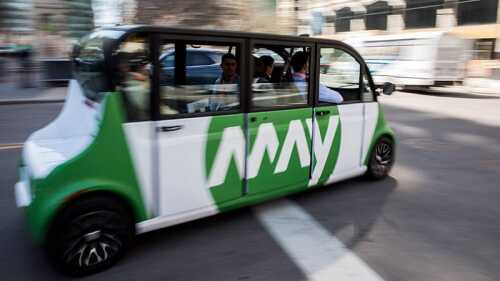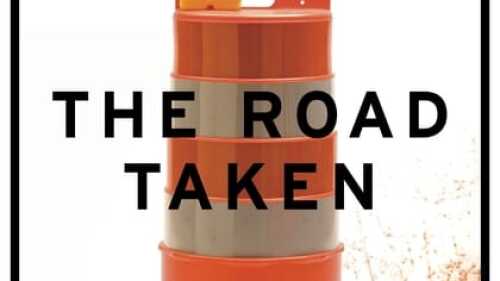Infrastructure – Transportation and Transit
Autonomous vehicles will remake cities in ways we are only beginning to imagine. Architects and planners have to envision structures now that will fit into that future.
The next-generation wireless telecommunications technology known as 5G, which will operate at vastly higher speeds and be able to handle many times more devices than existing 4G networks, is likely to have significant impacts on the real estate industry, a speaker said at the 2018 ULI Spring Meeting in Detroit.
Detroit’s metropolitan area is slowly growing again, which means it’s time to focus on planning to accommodate more people in an area already light on transit infrastructure. For a place long known as Motor City, it has been an uphill battle to become a transit-oriented community, but what can the region do with its existing infrastructure in the short term?
While the $1.5 trillion tax-cut bill passed by the U.S. House of Representatives is widely seen as beneficial for commercial real estate, one provision would eliminate a municipal financing tool that has been essential for housing, infrastructure, and industrial development investment for decades.
The Chicago Riverwalk, which reused derelict infrastructure, is a 1.25-mile-long (2 km) civic space between Lake Michigan and the confluence of the Main Stem, North Branch, and South Branch of the Chicago River. This reinvention of urban life is at the heart of a new chapter for Chicago in which public space becomes a gathering ground for residents. Providing sweeping views and new connectivity, this civic amenity reunites the river and the city.
NBA champion and dedicated urban developer Earvin “Magic” Johnson Jr. is targeting a new prize—infrastructure. “If you look at infrastructure in America, it’s old,” he told the audience at the 2017 ULI Fall Meeting.
With consumers increasingly expecting to tap their smartphones and find a product on their doorstep within hours, e-commerce is creating an ever more intense demand for industrial real estate near population centers that can used for last-mile logistics, according to panelists at ULI’s 2017 Fall Meeting in Los Angeles.
As soon as 2030, the trend toward fewer and smaller cars will mean a reduced need for wide roads and parking, reshaping cities and how people interact. Experts explored the implications at a recent interdisciplinary parking symposium in Arlington, Texas, co-sponsored by ULI North Texas.
Parking is a big issue in the Dallas/Fort Worth region, an area that 3.4 million more people are expected to call home between now and 2040, raising the total population to 10.6 million while adding 2.3 million more cars to clogged roadways. At an event in Dallas, land-use experts considered several solutions for a flexible future.
The word infrastructure, which originated during the 1920s, was unusual enough to still appear in quotation marks in the Wall Street Journalas late as the 1980s. Henry Petroski’s The Road Taken: The History and Future of America’s Infrastructureis an exhaustive tour of the tremendous variety of built works encompassed by the term.








